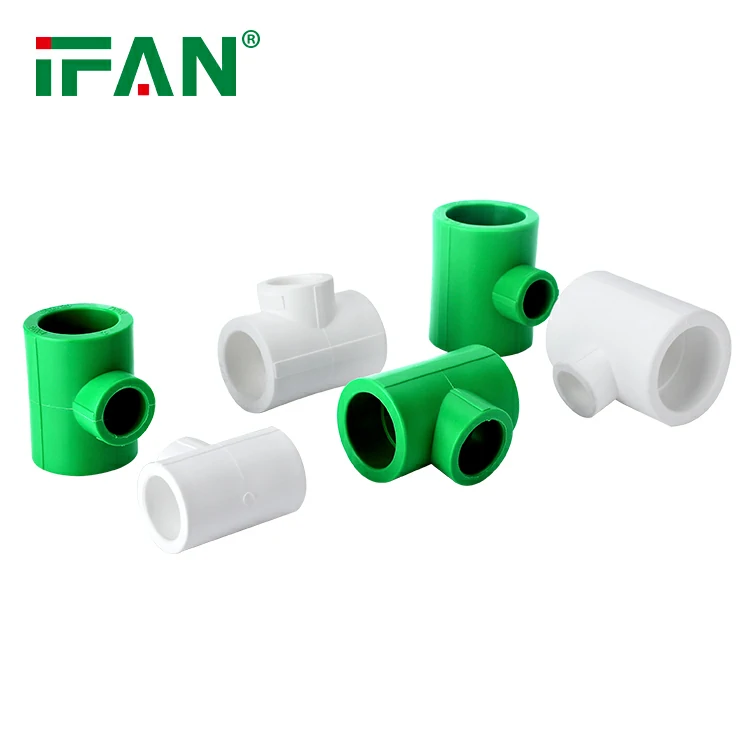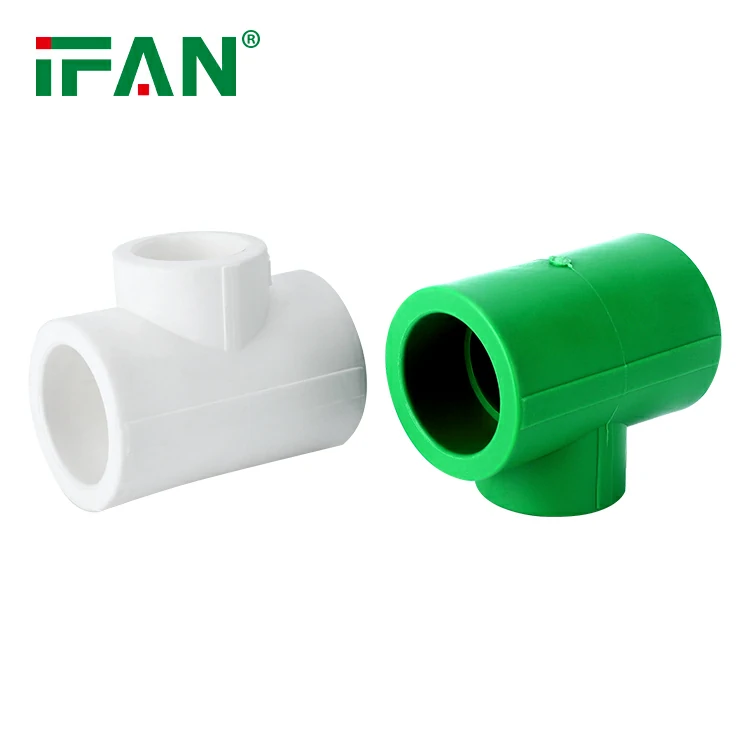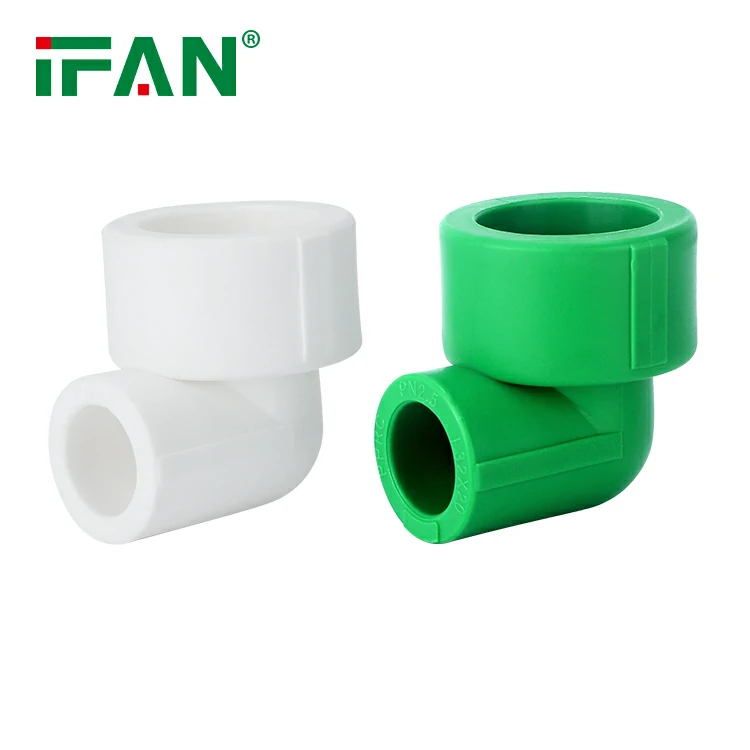One way to connect misaligned PVC pipes is to use a flexible coupling. These couplings have a rubber sleeve that can stretch over the misaligned area and two clamps that tighten around the pipes to create a secure seal. Another option is to use a repair coupling with a telescoping design that can adjust to fit the misaligned pipes. It’s important to make sure the pipes are clean and dry before applying the coupling or repair coupling.
tell me more details
PVC pipes are commonly used for plumbing, irrigation, and other applications. However, sometimes these pipes can become misaligned due to various factors such as ground movement or improper installation.
To connect misaligned PVC pipes, you will need a flexible coupling or repair coupling that matches the pipe’s diameter. Before using a coupling, make sure the pipes are dry and free of debris. Use sandpaper or a file to smooth any rough edges around the pipe ends.
To install a flexible coupling, slide the rubber sleeve over one end of the pipe and align it with the misaligned area. Then, slide the other end of the sleeve over the second pipe and secure both ends with the clamps provided. Tighten the clamps evenly until they hold the pipes securely in place.
If you prefer to use a repair coupling, first loosen the nuts on both sides of the coupling. Then, fit the telescoping middle section over the misaligned area and adjust the length until it fits snugly between the two pipes. Finally, tighten the nuts on both sides of the coupling until it creates a tight seal around the pipes.
Remember to check for leaks after installing either type of coupling. If you still experience problems, it may be best to consult a professional plumber who can assess the situation and recommend the best solution.
What is the difference between installing ppr?
PPR (polypropylene random copolymer) is a newer type of plastic pipe that has gained popularity in recent years due to its durability, resistance to high temperatures and pressures, and ease of installation. The main differences between installing PPR and PVC pipes are as follows:
- Jointing Method: PPR pipes are typically joined using a heat fusion method, which involves heating the pipe ends and then pressing them together. On the other hand, PVC pipes are usually joined using solvent cement, which requires applying a special glue or adhesive to the pipe ends.
- Tools Required: Heat fusion requires specific tools such as a pipe cutter, heating tool, and fusion machine. In contrast, solvent cement joining requires a pipe cutter, primer, and glue applicator.
- Installation Process: PPR pipes are relatively easy to install since there is no need to worry about the proper amount of glue or adhesive. However, they require careful measurement and precise cutting to ensure tight joints and prevent leaks. PVC pipes are more forgiving when it comes to cutting and positioning, but require more time and attention to ensure that the glue is applied correctly and evenly.
- Cost: PPR pipes can be more expensive than PVC pipes, but their durability and long lifespan can make them a better investment in the long run.
Overall, both PPR and PVC pipes have their advantages and disadvantages. The choice between the two depends on factors such as the intended use, budget, and personal preference.





